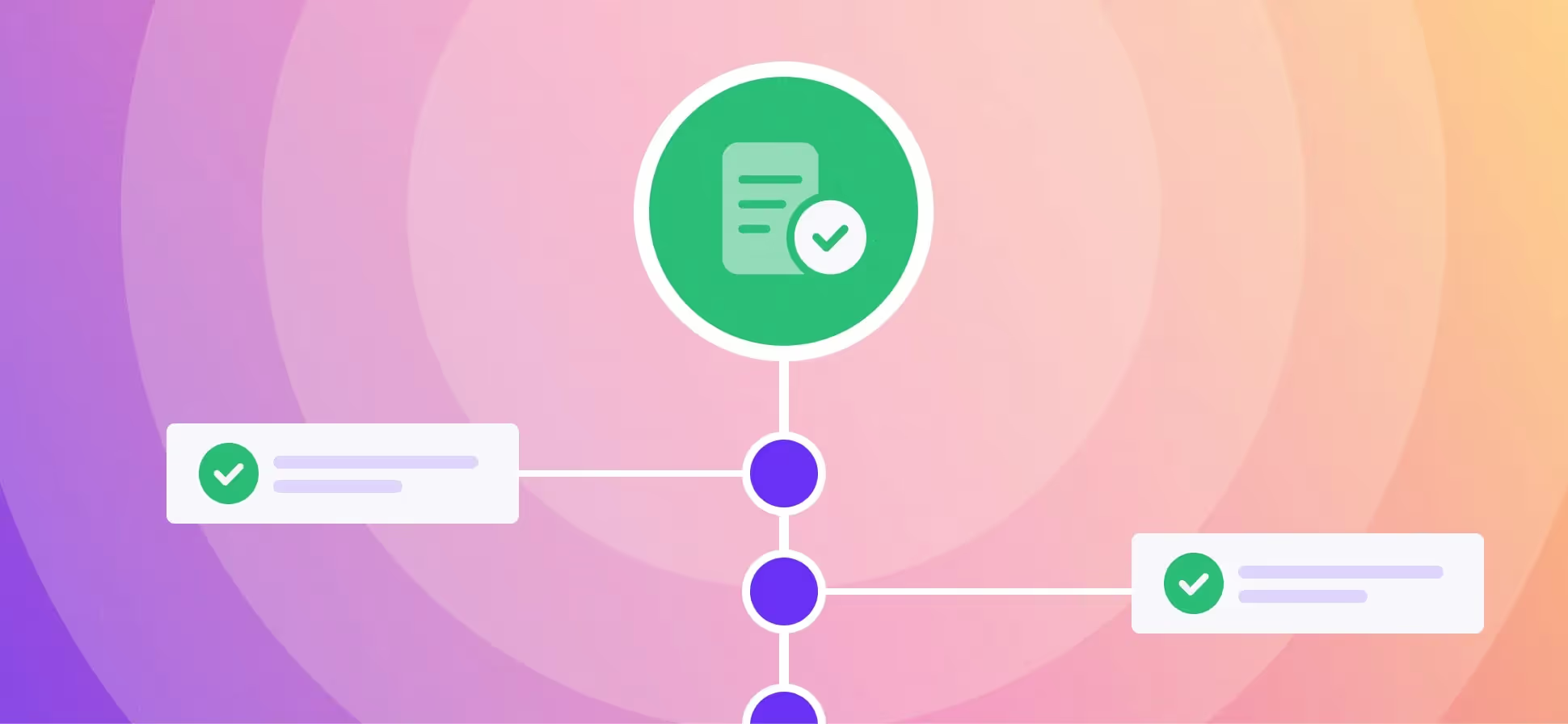Negotiating SaaS contracts often feels like navigating a maze.
Just as several wrong turns can leave you running in circles, multiple negotiation mistakes can diminish your leverage and result in a terrible contract.
We compiled simple and actionable do’s and don’ts to help you navigate your next software negotiation and pull the right levers. Think of these best practices as your map to maximizing leverage, so you can confidently negotiate and secure positive outcomes for your organization.
Do: Create a Shopping List
Ever go to the grocery store hungry? You’ll end up with many things you don’t need and probably forget the most important items you actually do need.
If you don’t clearly define your must-haves before sourcing and evaluating suppliers, you’ll end up paying for expensive tools or unnecessary features. Defining your list ahead of time ensures you get everything you need, and nothing that you don’t.
Don’t: Buy More than You Need
Efficiency is the most important focus for companies right now, and really, all the time.
Don’t buy more than you need based on an assumption that you can grow into a contract. The industry wastes billions each year on shelfware. If you plan to scale, you can negotiate rates with your suppliers and address that. It’s a good idea to pressure test the business case to ensure the organization needs this now and into the future.
.avif)
Do: See Every Interaction as a Negotiation
Every email, call, meeting, and even text from your supplier rep (whether they are sending you a proposal or asking about your needs) is a negotiation. You can be sure they are viewing it as such.
By putting your negotiator hat on any time you communicate with them, you’re simply leveling the playing field.
Don’t: Fall for Free Trials
Pilots and free trials seem great, but you’d be amazed how fast these costs tend to balloon down the line.
Premium add-ons, upgrades, and tiers often catch companies by surprise, making most free trials a short-term gain with long-term pain.
Do: Think about Future Cost Increases
It’s tempting to say yes to a good deal now, but often those “one-time discounts” are just that: One time.
Small tools tend to balloon the most, so be sure to add a clause that limits the supplier’s ability to raise prices in the future.
Don’t: Be Rushed by a False Sense of Urgency
Don’t allow supplier reps to rush you into signing a contract based on the urgency of a discount.
They will often do what they can to move a deal along quickly, but a great partnership doesn’t begin on false pretenses; make sure you don’t get taken advantage of when it comes to timing or urgency on the supplier rep's part.
Do: Use Urgency to Your Advantage
You can level the playing field by using urgency as a lever.
Tying a quick signature to a large ask is a great way to secure a good deal. Supplier reps are more willing to accept your terms if you can offer a quick signature. If you can figure out when the end of their quarter or end of year is, you can push for what you want or need at that time.
Don’t: Rush (or Skip) Sourcing
Your biggest advantage as a buyer? Options.
So don’t underestimate the value of taking time to source multiple potential suppliers and evaluate them all thoroughly. A general rule of thumb is to compare at least 3 different options (perhaps covering the low, mid, and high price ranges).
An even better piece of advice is to do your best to avoid making assumptions. Just because a tool is popular doesn’t mean it’s right for you. Just because a tool is expensive doesn’t mean it’s valuable for you. Just because a tool is cheap doesn’t mean it can’t help you accomplish your goals for a great price.
.avif)
Do: Think Strategically About Term Length
On one hand, single-year deals are ideal for companies with a healthy degree of uncertainty:
- You’re unsure what headcount growth will look like
- You’re unsure what budgets will look like next year
- This a new supplier and you’re unsure of the proof of concept
On the other hand, companies can gain concessions and save more time and money through multi-year agreements. This option tends to be better for companies where:
- The supplier is proven
- The supplier tends to raise prices year over year
- Migrating would be costly and time-intensive
Don’t: Skip INFOSEC and Legal
Worst case, your company can get sued or hacked and lose millions – even billions – of dollars. Best case, you take on more risk than necessary. Most likely, you purchase a tool you can’t use because IT or Legal block it for compliance reasons.
If you include INFOSEC and Legal in the early stages of your approval workflow, you mitigate risk from the beginning and minimize wasted time negotiating with a supplier who will get blocked at the end of your process.
Do: Think Cross-Functionally
Purchasing in siloes leads to rogue spending, which results in untracked purchases, shadow IT, duplicative tools, and more.
Ensure you meet with all necessary stakeholders to uncover what tool will best fit the organization and evaluate potential suppliers against the right criteria for each department.
.avif)
Don’t: Forget to Receive as Much as You Give
The golden principle is to never give anything for nothing.
If you’re able to offer value to a supplier (i.e. logo use, a case study, long-term contract), you can use these levers to gain concessions and ensure you’re getting as much value out of the contract as possible.
Do: Prepare for Sneaky Questions Supplier Reps Might Ask
Some questions have the power to take away your upper hand.
Be prepared for supplier reps to ask you questions that may diminish your negotiation leverage. Remember, you can simply say you prefer not to answer. Here are a few questions to look out for:
- “What other suppliers are you evaluating?” or “How do we compare to the other suppliers you’re considering?”
- Focusing on competitors turns the conversation more into what the competitor does wrong rather than what the supplier you’re evaluating does right.
- “Is there budget for this tool?”
- Price and value are not the same. Suppliers should be quoting a price that makes sense for what they offer, not based on what you have budgeted.
- “You need this implemented/delivered by (insert timeline here), right?”
- Getting rushed into a timeline is a poor way to start a partnership and a good way to get taken advantage of.
Maximize Your Negotiation Outcomes
While leveraging these do’s and don’ts for your next SaaS negotiation puts you in an advantageous position, they’re just the tip of the iceberg.
With over $6 billion in spend under management, Tropic has negotiated thousands of deals for customers. Whether it’s renewals or new purchases, our expert team shares deeper strategies and best practices in The Negotiation Toolkit. Access the cheat sheets, guides, and templates here.
Related blogs
Discover why hundreds of companies choose Tropic to gain visibility and control of their spend.







